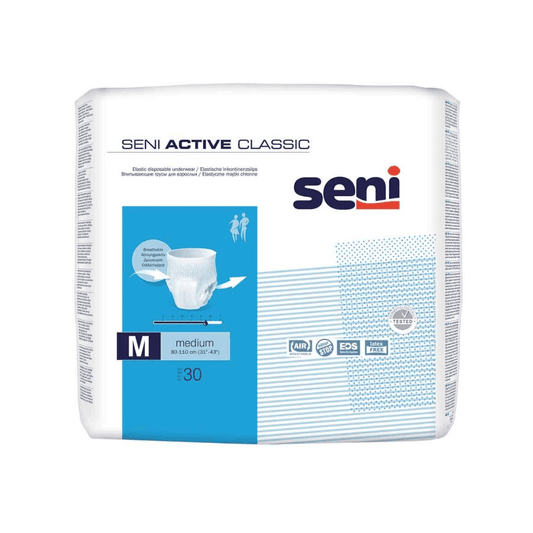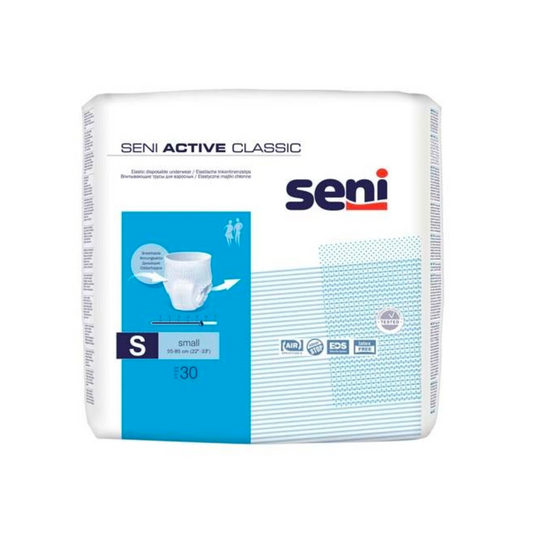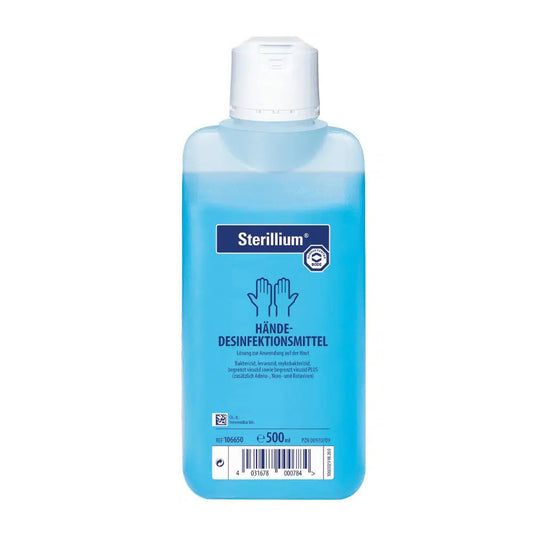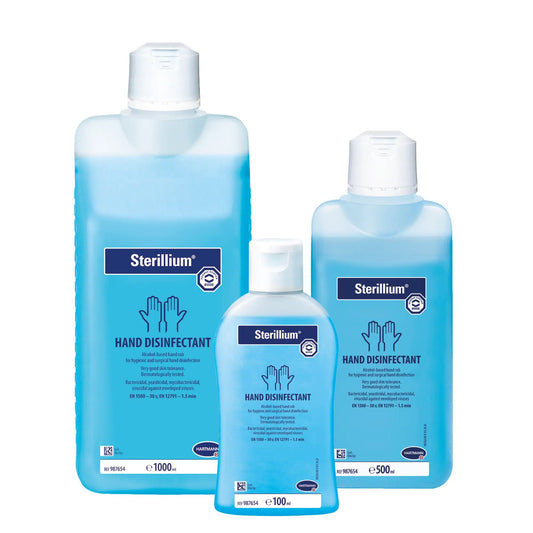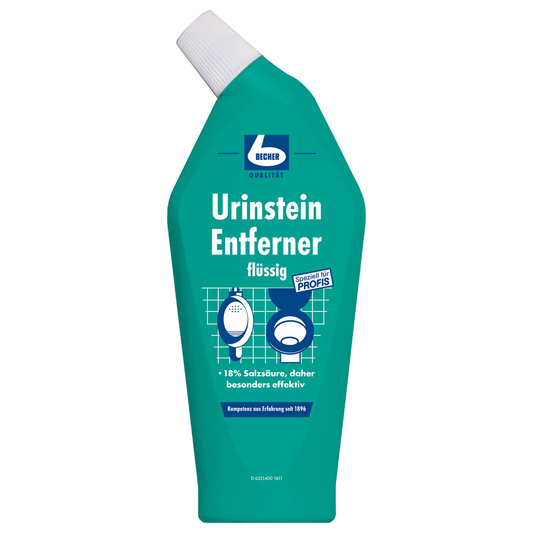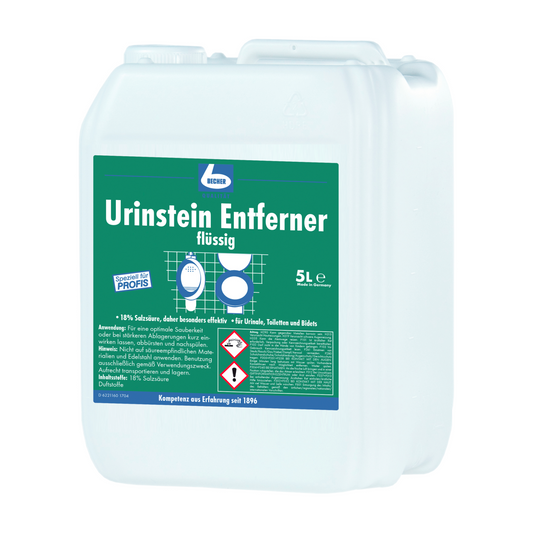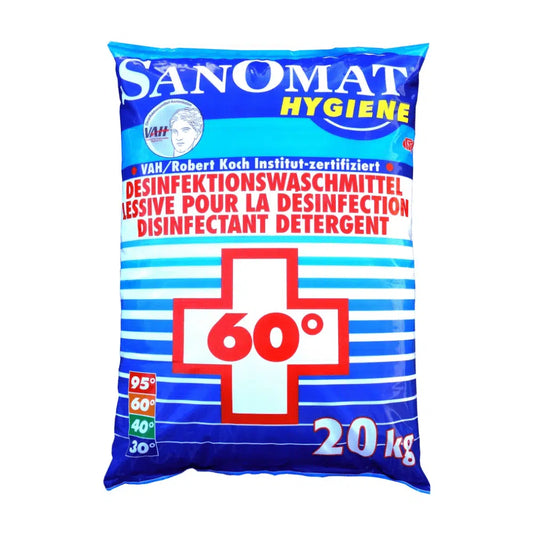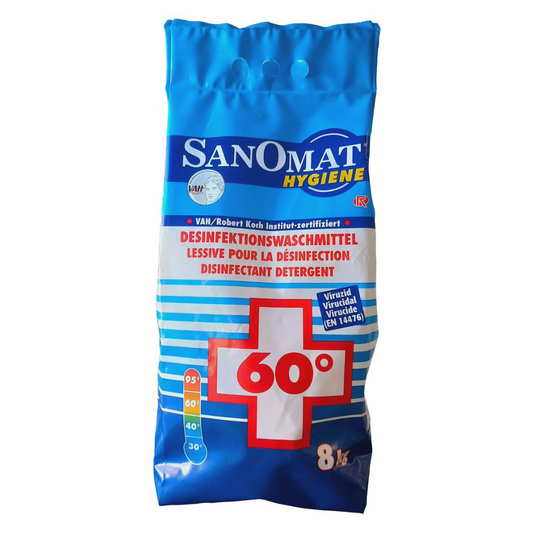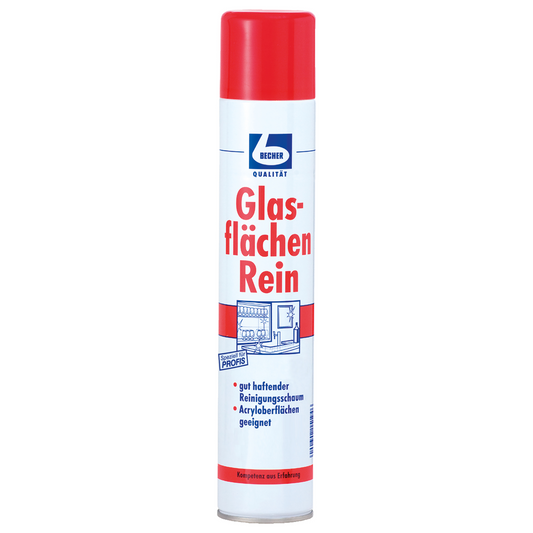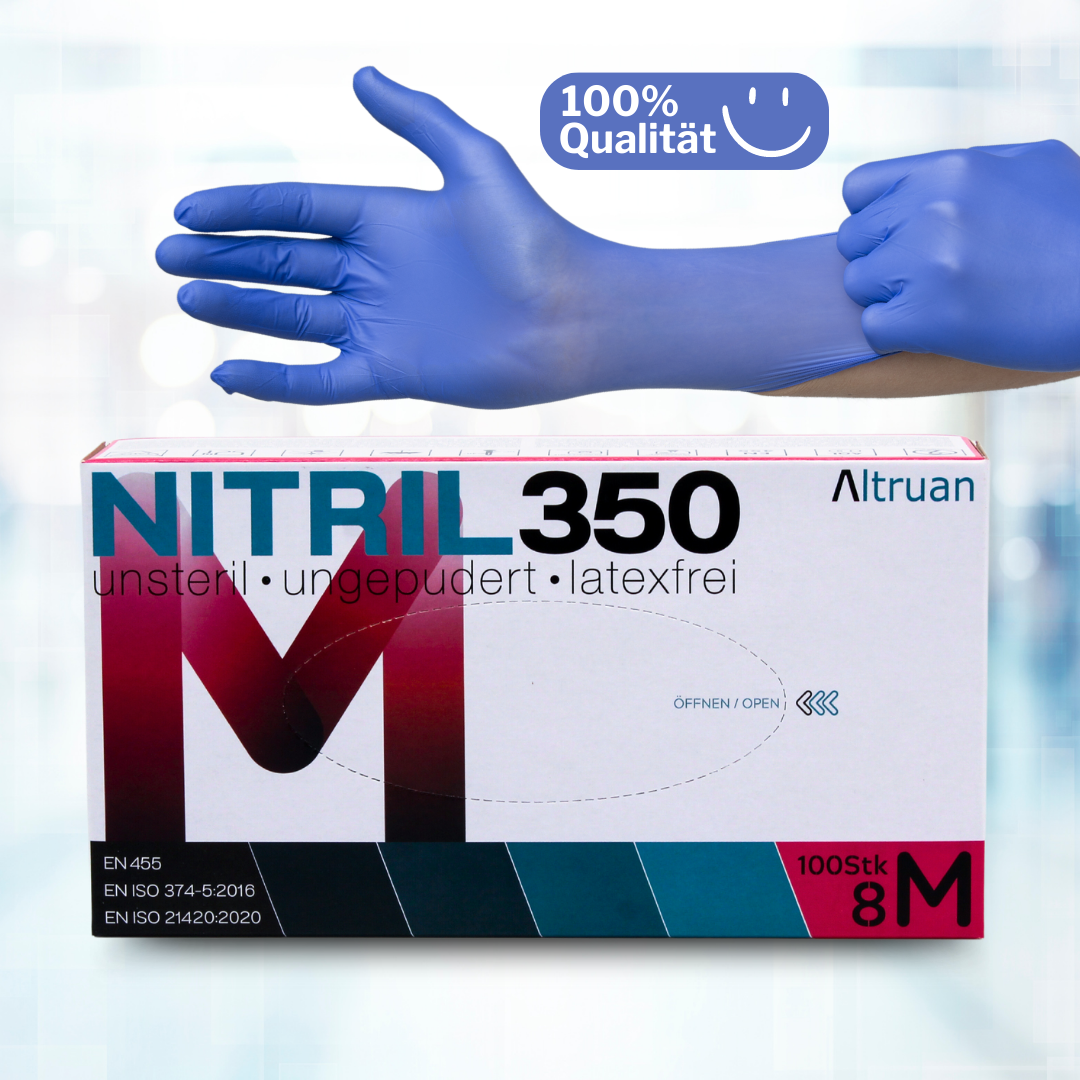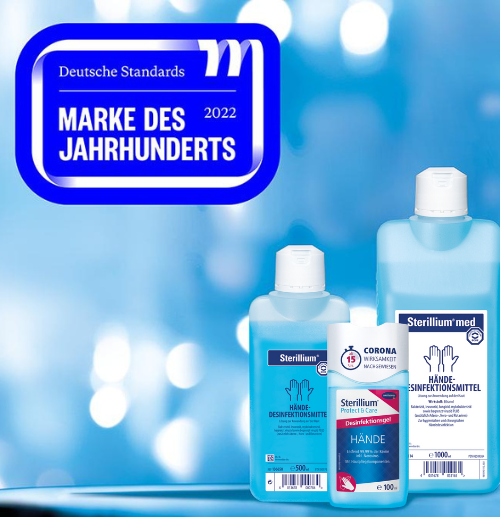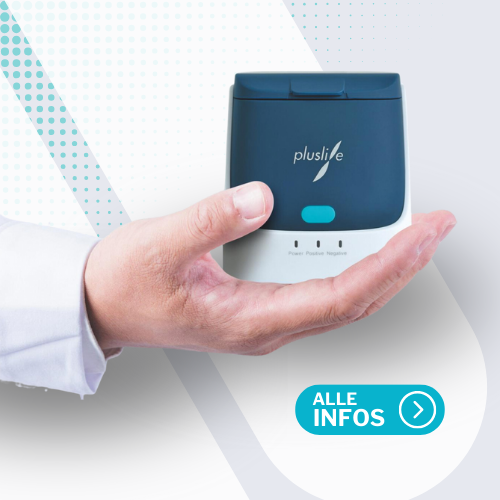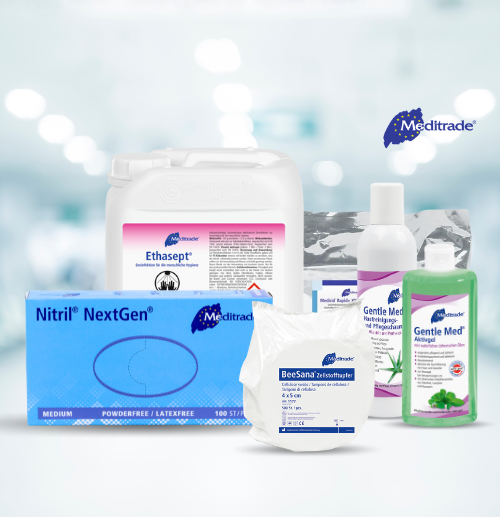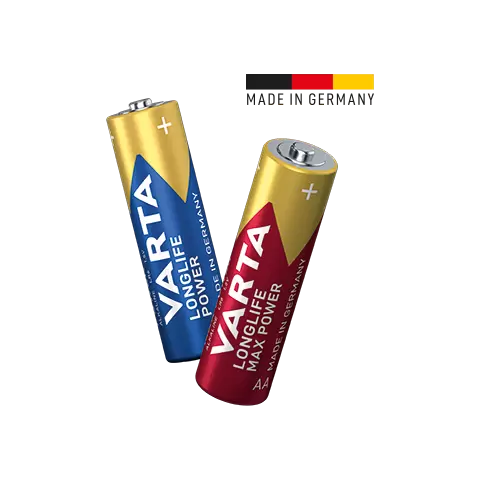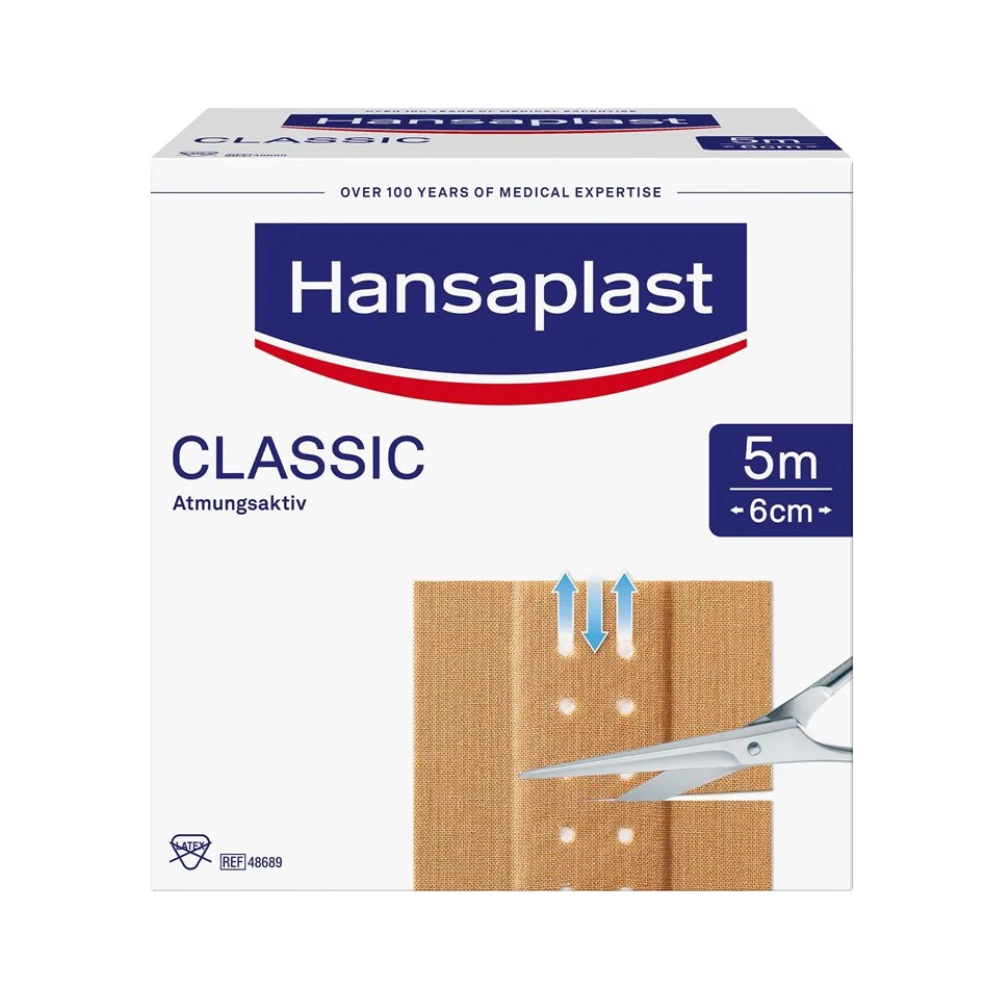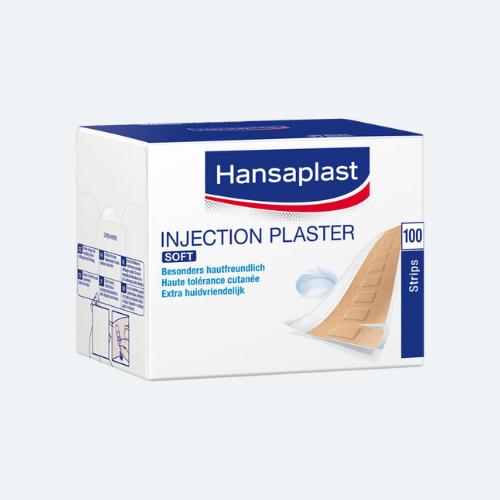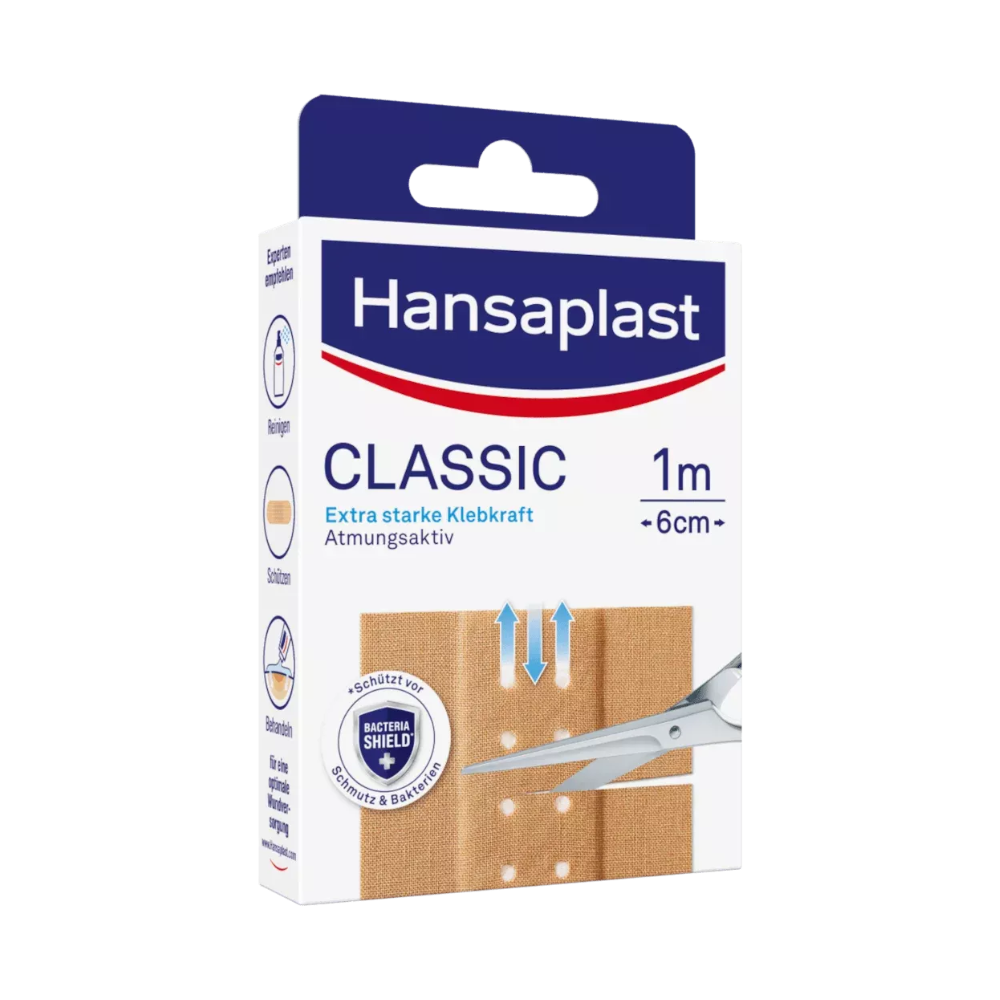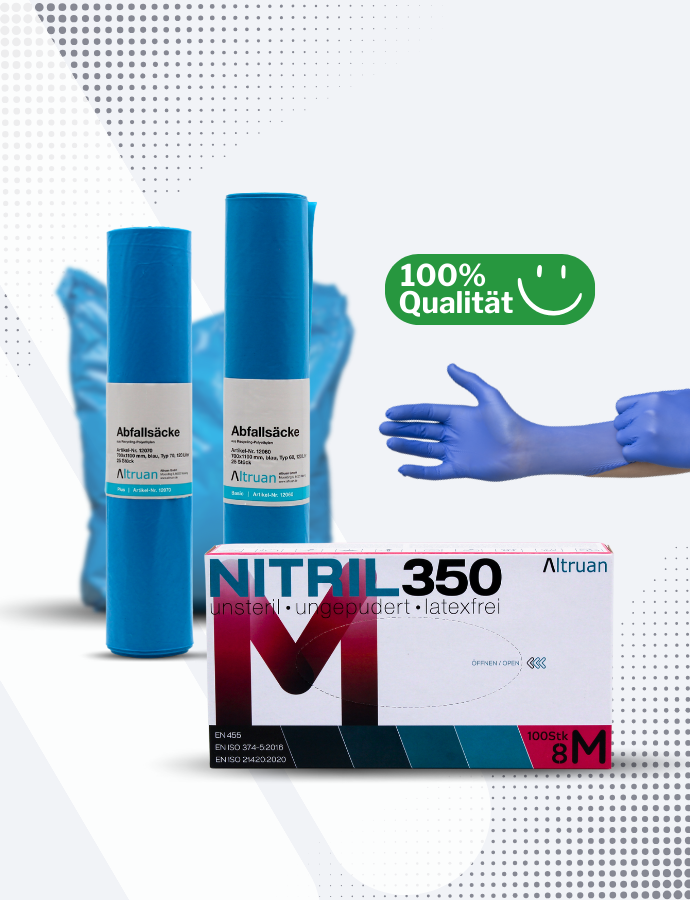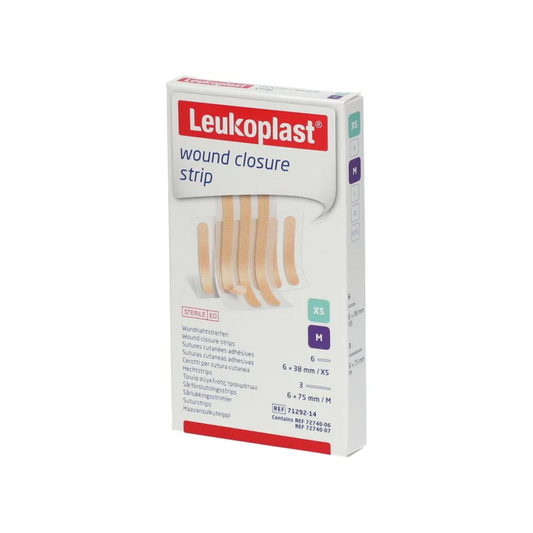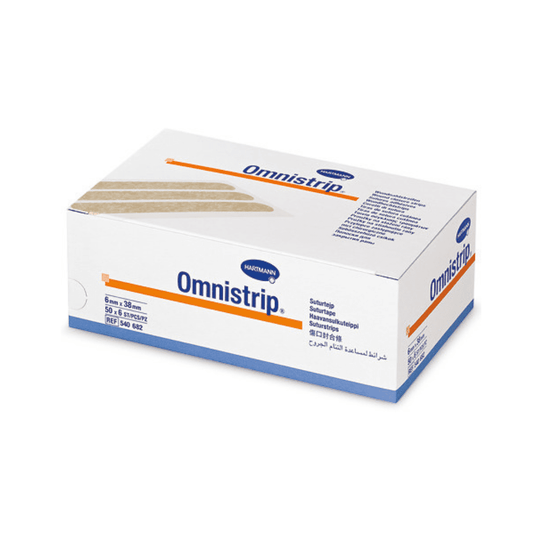Wound suture strips
No products found Use fewer filters or remove all
Seam strips - the gentle alternative to classic wound seam
Wound seam strips, also known as steristrips or steri strips, are a proven method for supplying smaller wounds and cuts. They offer a gentle alternative to classic seam and are particularly suitable for use in first aid supply and in postoperative wound treatment. In this article you will learn everything you need to know about wound seam strips, your application, advantages and how you can do compared to conventional methods.
What are wound seam strips and how do you work?
Suture strips are special adhesive strips that are used to keep the edges of a wound together and to support the healing process. They consist of a hypoallergenic, flexible material, which is glued on both sides to gently pull the skin around the wound together and to promote healing.
Wound seam strips are often used to close smaller wounds or cuts, especially if they are too small for a seam or if a seam were too invasive. They are also an excellent option for patients who are sensitive to seams or in which the risk of scarring is to be minimized.
Advantages of using wound seam strips
- Gentle wound care: Wound seam strips offer an atraumatic method for closing wounds. Since you do not pierce the skin, you minimize the risk of tissue damage and infections.
- Minimized scarring: By gently holding the wound edges together, wound seam strips promote quick and even healing, which reduces the risk of scar formation. This is particularly important for cosmetically sensitive areas such as face or hands.
- Easy application: Compared to conventional seams or brackets, wound seam strips are to be used easily and quickly. They do not require any special medical knowledge or tools and can easily be used in home care.
- Flexibility and comfort: Wound seam strips are flexible and adapt to the movements of the skin, which increases the comfort and does not restrict the patient's mobility.
- Cost savings: Since no special medical devices or anesthesia are required for the use of wound seam strips, they offer a cost -effective solution for wound care.
When should wound seam strips be used?
Suture strips are ideal for smaller, superficial wounds for Wound carethat are not bleeding heavily and are clean. The most common areas of application include:
- Small cuts and cracks: Ideal for superficial injuries that require a quick healing without the use of needles or threads.
- Postoperative wound care: Can be used after smaller surgical interventions to support the skin after the surgical seam has been removed.
- Cosmetically sensitive areas: Particularly useful for the face, neck and hands, where minimal scarring is desirable.
- Wounds with low voltage structure: Wounds in which the skin is not under tension and the edges can be easily merged are ideal for wound seam strips in smaller wounds are often sufficient Pavement in particular Wound paving. With slightly larger wounds, are common Wound and a Hose association used. In addition, a Association fixation needed.
How to apply wound seam strips correctly
- Wound cleaning: Clean the wound thoroughly with a suitable means for a Skin disinfection to minimize the risk of infection. Dry the skin around the wound carefully with the help of one Swab.
- Preparation of the skin: Make sure the skin is dry and fat -free around the wound. If necessary, use a skin protection film to improve liability.
- Attach the wound seam strips: Carefully pull the wound edges together and glue the first strip over the middle of the wound. Add other strips in parallel to completely stabilize the wound edges. Make sure that the strips are attached evenly and without wrinkles.
- Aftercare: Check the wound regularly for signs of infection or irritation. Change the stripes if necessary or if you can loosen.
Seam strips vs. conventional wound seams
Wound seam strips offer a less invasive alternative to conventional seams or brackets. While conventional seams are necessary for depth, complex or bleeding wounds, wound seam strips offer several advantages for smaller, superficial wounds. They are less traumatic for the skin, reduce the risk of scar formation and are more comfortable for the patient.
You can find many other products in Altruan Online shop.
